You know what they say, nothing tastes like home. I have been cooking for a very long time and I am not ashamed to admit that I still love my mother’s cooking. She makes me a batch of cornbread to take with me every time I come home and storing them can be a pain.
I like to prolong my cornbread’s shelf life so let me give you some tips on how to store your cornbread and keep them tasting wonderful as long as possible!
More...
Who doesn’t like a good cornbread? They have very full, round flavors that are just so very wonderful to your taste buds. There are several options with which you can store cornbread with.
1. Store your cornbread at room temperature
You can store your cornbread in the pantry or basically anywhere you want to at room temperature for a day or two without spoiling.
Make sure to store in an airtight container or a Ziploc bag. This will ensure that your cornbread will not dry out and attract bugs, to say the least.
2. Store your cornbread in the fridge
You can also store your cornbread in the fridge up to a week without spoiling. Storing in the fridge makes it prone to forming moisture, though.
As compared to other ways of storing cornbread, I prefer wrapping it in a cling wrap. I find that by doing this, I am really able to prevent all air and moisture from getting in.
I also get to see my cornbread clearly every single time I check, and I will know if it won’t last for much longer so I will be able to take it out and eat it before that happens.
3. Store your cornbread in the freezer
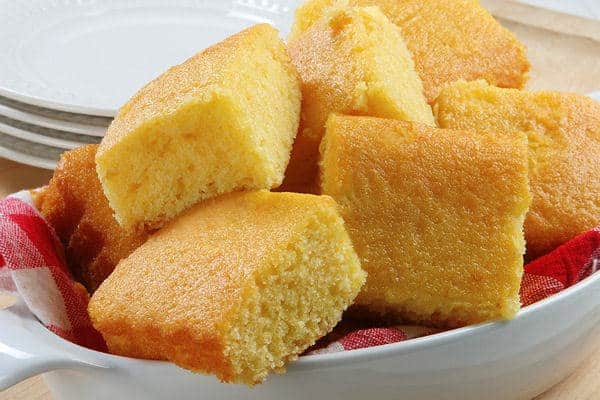
Via wickedgoodkitchen.com
Another option you can try is to store your cornbread in the freezer. By doing this, you will be able to keep your cornbread for up to three months, as long as you keep it at zero temperature at all times.
Wrapping your cornbread in foil will help sustain the cold temperature, and to prevent freezer burn, just put it in a Ziploc bag after wrapping in foil.
This way you can take it all out anytime you want. You may also want to place it inside a container. My freezer is not always in pristine condition and I find myself having to tug things out more often than I would like to admit.
With cornbread, however, tugging at it can deform your cornbread so it is better to be safe and just place it in a container.
Signs of Spoilage in cornbread
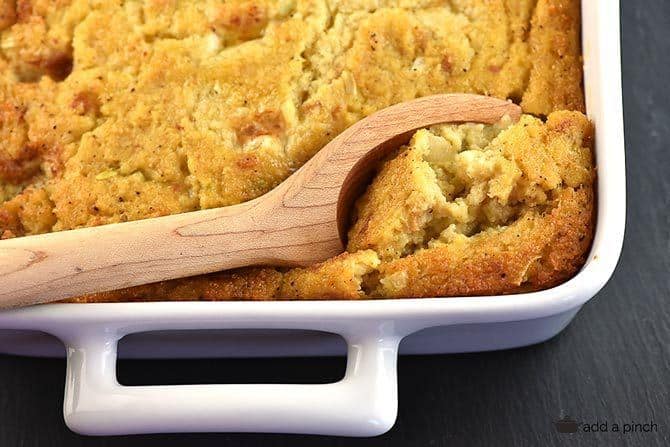
Via addapinch.com
There are several signs you should look out for to make sure your cornbread has not gone bad yet. You should also note that prior to spoiling, your cornbread will get stale first. This basically means they won’t be much good to eat anyway but will not cause you any serious harm.
Below are signs of serious trouble you should avoid:
- Look out for molds. Any dark or greenish formation is a clear indication you should no longer eat your cornbread.
- Moisture. While a bit of moisture is not necessarily bad, moisture that is somewhat sticky and accompanied by a sour smell is very clear sign not to eat it.
- Sour smell. Whether you see moisture or not, a sour smell, subtle or not, is indicatory of spoilage.
Storing the Cornmeal for Your Cornbread
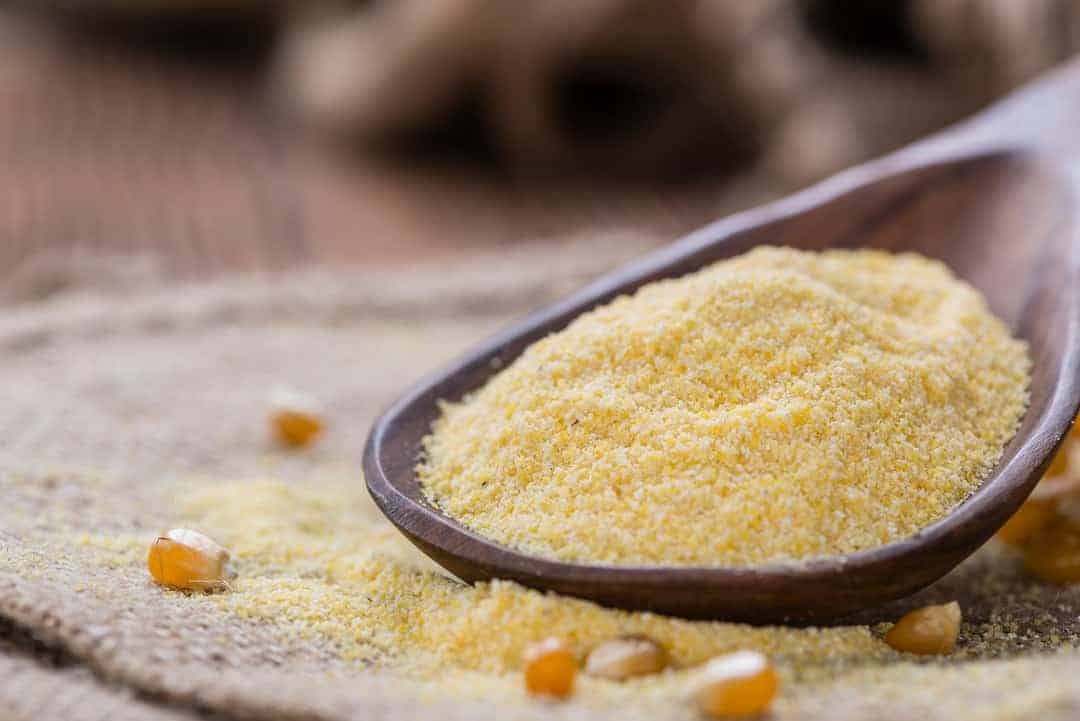
The primary ingredient for making cornbread is cornmeal. It is very important that you use cornmeal in superb condition because the shelf life of your cornbread won’t really last, no matter what you do, if your cornmeal was already bordering spoilage before you cooked it.
Ideally, cornmeal would have a shelf life of at least twelve months. However, once you have opened your cornmeal, it gets exposed to air and will have a shorter life span.
Once you have opened it, do not use beyond four months. Use your natural senses and gauge it yourself. If doesn’t seem right, then it probably isn’t.
There are many different factors that can affect the shelf life of your cornmeal, and you will always be the best judge of your own food and you will just have to trust your instincts. It doesn’t make sense to try to save a couple of dollars when you can end up with food poisoning, spending a couple of grand.
You should always keep your cornmeal in a cool dry place. Avoid storing it anywhere too warm because doing so will give the insects around your house a perfect place to hatch and I am sure that’s the last thing you want to do.
You also don’t want to store your oatmeal in warm and moist conditions. Allowing moisture will create a perfect environment where molds will quite certainly thrive in. Either way, make sure you store your cornmeal in an airtight flour container to prevent anything from getting in.
Cornmeal Rancidity

While there are people who would claim that cornbread is what goes rancid and not the cornmeal, there are several points I would like to point out.
Cornmeal is made from whole grain kernels that will definitely go rancid overtime. While machine processing can lead it to live a much prolonged shelf life, rancidity is inevitable.
If you have kept a box for two years and would like to argue that it is still good, all I can really say is you should be worried. Either it has been stocked with so much preservatives, or you do not have anything left natural in that box.
Ingredients that have been mixed in with your cornmeal during the boxing process can also contribute to spoilage. Most cornmeal boxes contains canola oil which is renowned for spoiling faster than other oils.
Since different brands have been processed differently and have used diverse ingredients, take the time to check the ingredients. It is good to have an idea to learn about the typically used ingredients in your meals so you will know just how healthy, or how unhealthy you are eating.
Truth be told, cornbread contains mostly starch and does not score very well in terms of being healthy and nutritious. You can, of course, try to be innovative and add healthy ingredients just to give it a boost towards that nutritious and healthy scale.
At the same time, cornbread are not very heavy either so in terms of being filling, it doesn’t really go a long way. It will suffice as a snack to tide you over to your next meal but it will never really be enough to make you full, unless you decide to feast on it, of course.
There a lot of ways for you to innovate on making your cornbread but if you would to try the traditional versions, give these two recipes a try:
Quick and easy baked cornbread recipe
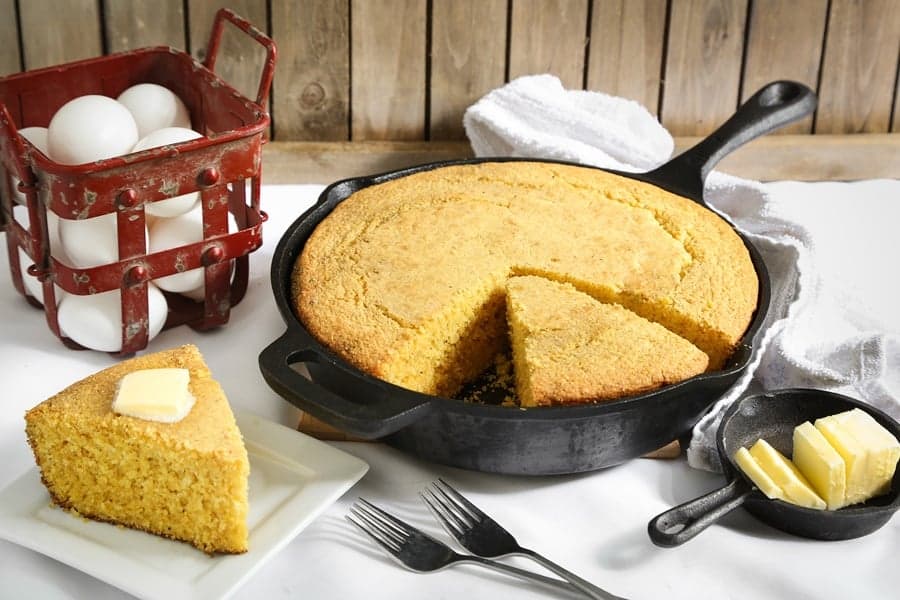
Via sprinklebakes.com
What you will need:
- A cup of all-purpose flour (sifted)
- A quarter cup of sugar
- 3 tsp baking power
- 3/4 teaspoon salt
- A cup cornmeal
- 2 large eggs
- A cup milk1/4 cup vegetable oil
Procedure:
- Grease your baking pan with olive oil or butter
- In a large bowl, mix in the flour, sugar, baking powder, salt and cornmeal.
- Slowly add the eggs, milk and oil. Mixing all these ingredients slowly in will allow it to mix better but without over beating.
- Spread mix to your baking pan and level.
- Preheat oven to 350 F, then put your baking tray in and set to bake for around 20-25 minutes.
- Allow to cool before slicing them up to your preferred serving slices.
Quick and easy fried cornbread recipe

Via saygraceblog.com
On hot days, I really prefer not to use an oven and I find frying to be a lot faster. Fried cornbread reminds me a lot of young summer days when I would be pampered with homemade treats at noontime.
What you will need:
- A cup of flour
- A cup of cornmeal
- 1 tbsp Sugar
- 2 large eggs
- ¾ cup of buttermilk
- 1/3 cup of water
- Used bacon oilbacon oil
Procedure:
- Heat a pan over medium heat and pour in your used bacon oil. Make sure to spread it out evenly.
- Ladle some batter onto the pan. I prefer to cook them one at a time to make sure they are shaped perfectly.
- Fry until both sides are brown.
- Serve while still hot.
If you want food that is definitely and distinctly American, then cornbread is definitely something you should think about.
Native Americans have been making these wonderful cornbread long before European settlers have even come into contact with them, becoming very popular during the Civil War not only because we have an abundant supply of corn in the country, but also because it was cheap and very easy to make.
Let me know what you think and post your comments or suggestions below. If you have found this article useful, kindly share with your friends who might be interested in this topic.

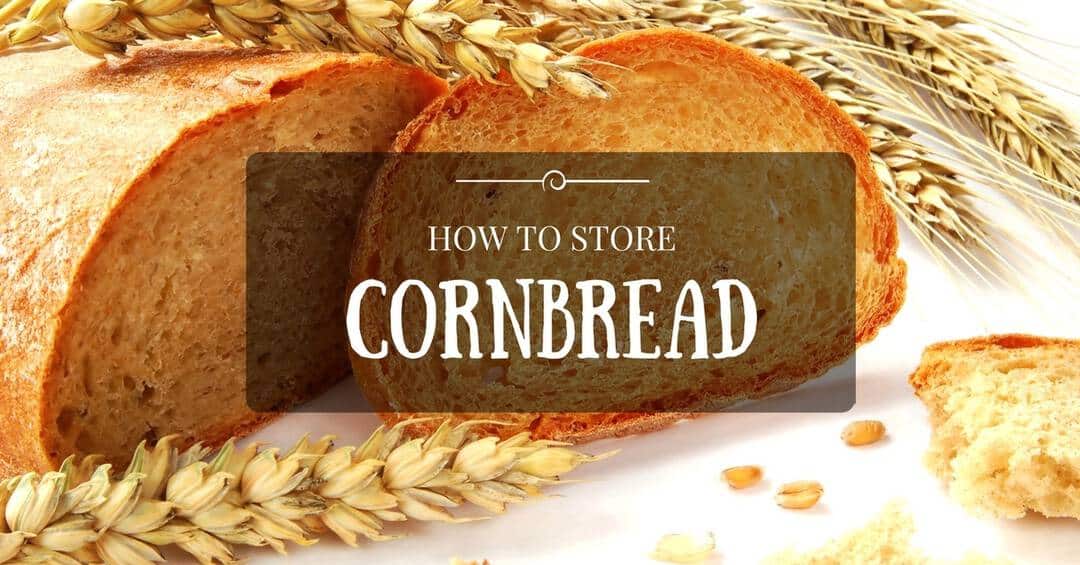
I disagree that cornbread doesn’t sate your appetite. If I eat cornbread crumbled in a bowl with buttermilk, like cereal, it keeps me full for hours. One of my favorite treats. Once called cornpone and clabber.